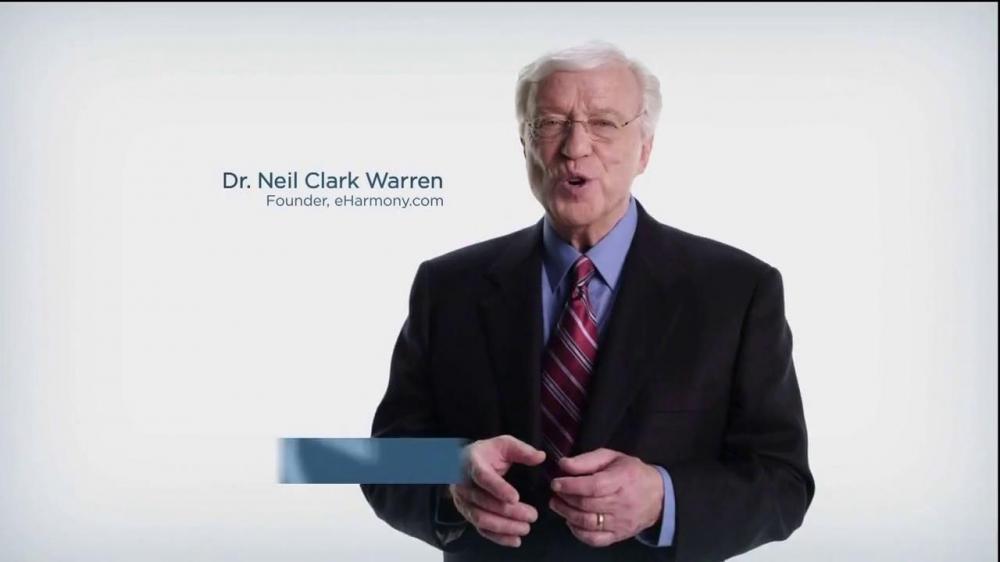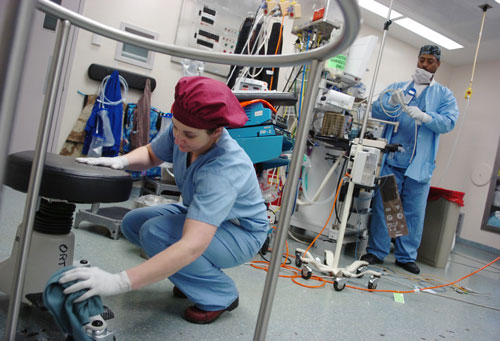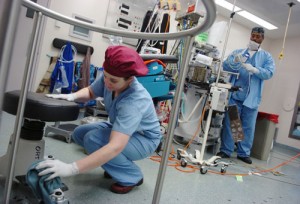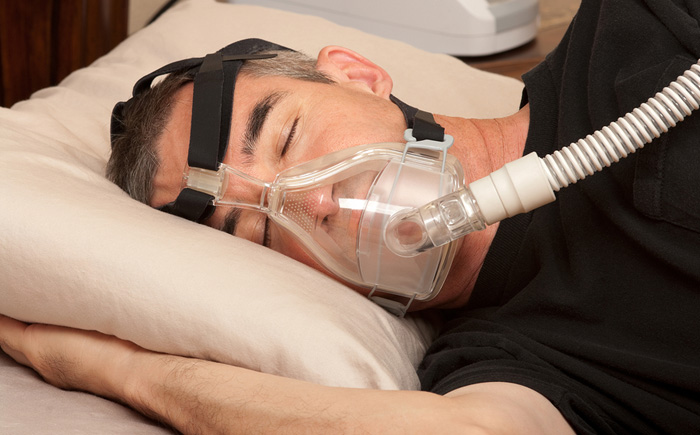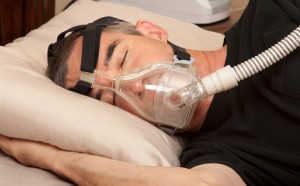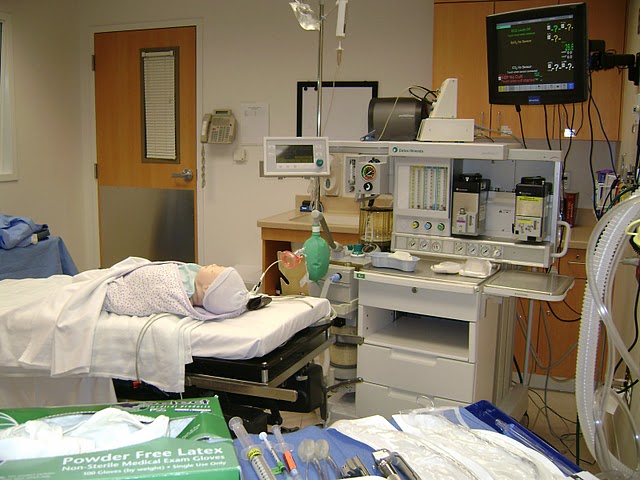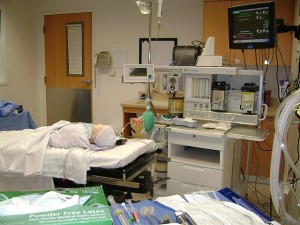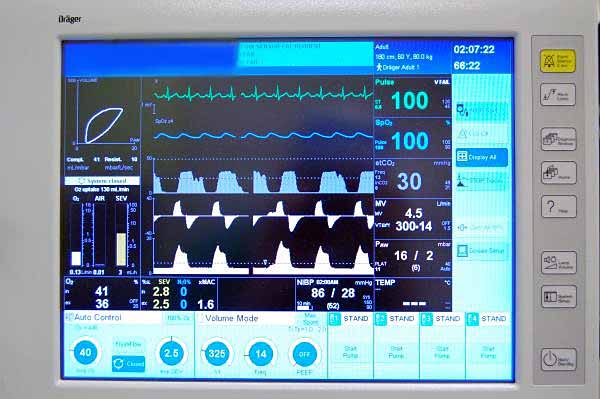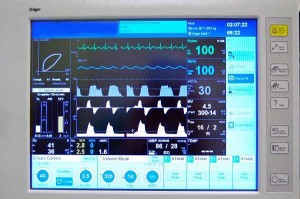Who wants to be a millionaire leader?
Keep up to date with healthcare leadership topics, Follow @procrnatom
 After several decades in the workforce observing the leadership skills of former bosses as well as peers in leadership roles, I have yet to meet anyone who wants to fail as a leader. Regardless of the leadership position, from entry level to CEO, people want to be recognized for their excellence. They want to be remembered as being a great boss. They want to meet organizational expectations while engaging and empowering each team member. In their minds, they want it all.
After several decades in the workforce observing the leadership skills of former bosses as well as peers in leadership roles, I have yet to meet anyone who wants to fail as a leader. Regardless of the leadership position, from entry level to CEO, people want to be recognized for their excellence. They want to be remembered as being a great boss. They want to meet organizational expectations while engaging and empowering each team member. In their minds, they want it all.
Not all leaders make it into the elite group who are remembered as being a “best boss.” Though all start with the same desire and most will follow up with honest effort to be the best, some will be remembered fondly while others will be remembered as failures. Why do some excel while others fail? Try taking a little game show advice to create your leadership game changer.
In 1999 Regis Philbin introduced the popular British TV game show Who Wants To Be a Millionaire? to America. Like people in leadership positions, the contestants on the show were given a series of questions to solve. Each contestant drew upon their personal knowledge base to answer progressively more difficult questions. When a contestant was unsure of the answer, they were allowed to use lifelines and ask for help. Contestants would ponder the nature of the question and choose between asking help from an expert, a friend, or by polling the audience.
As a leader, you are presented with problems on a daily basis that require your attention. Because of your background knowledge of both the organization and your team, you are usually able to quickly find solutions to problems. However, like the contestants on the game show, now and then you are unsure and need help. Turn to your lifelines for support.
Ask an expert. Seeking the advice of an expert is a viable option when stumped with a problem that is tied to a specific body of knowledge. Large organizations tend to have more experts on staff and advice is readily available. If your organization is small, you may need to look outside to find a similar expert. Regardless, you want to be successful so contact an expert and ask your question. Caution: Although the expert has advanced knowledge, he does not know your workplace, your team or the context of the problem you with which you are faced. An expert may suggest applying general principles to what they think is the problem. Sometimes that’s a hit and sometimes it’s a miss, so when you seek advice from an expert, consider that they may be wrong. If your results are similar to the TV show, an expert will only get the right answer about 50% of the time.
Ask a friend. If the expert didn’t know the answer, your friend may. When people use a friend as a lifeline, they usually pick a friend who has a broad knowledge base and a lot of common sense. As your friend, they have a general idea of what you do and the challenges you face. As a leader who needs to ask a friend for advice solving a work-related problem, talking to a trusted peer or mentor will open a discussion with someone who can understand the nature of the problem. If you were on the TV show, your friend would be right about 65% of the time.
Poll the audience. In your workplace, you don’t have to poll a group of ordinary people who happened to score a ticket to the show. You have a qualified audience called a team. Gather your team into a town hall meeting and discuss the problem. You already know your own thoughts so be careful not to poison the pool of knowledge by sharing your ideas before listening to theirs. A better approach is to present the problem to the group, then close your mouth and listen. Take notes and ask follow-up questions to clarify ideas. Your team is on the front line and will be the ones implementing the solution. They have first-hand knowledge of the implications of the problem and the solution. If you were on the TV show, your team would be right a whopping 95% of the time
Open your mind to the concept that the collective wisdom of your team holds the answers to most of your challenges. Listen carefully and agree on a plan that includes a timeline for implementation. Use your lifelines wisely and you will score points with administration and with your team for being a great problem solver and a millionaire leader.
Thomas Davis is an experienced clinical anesthetist, leader, speaker and the owner of Frontline Team Development and Leadership.





























